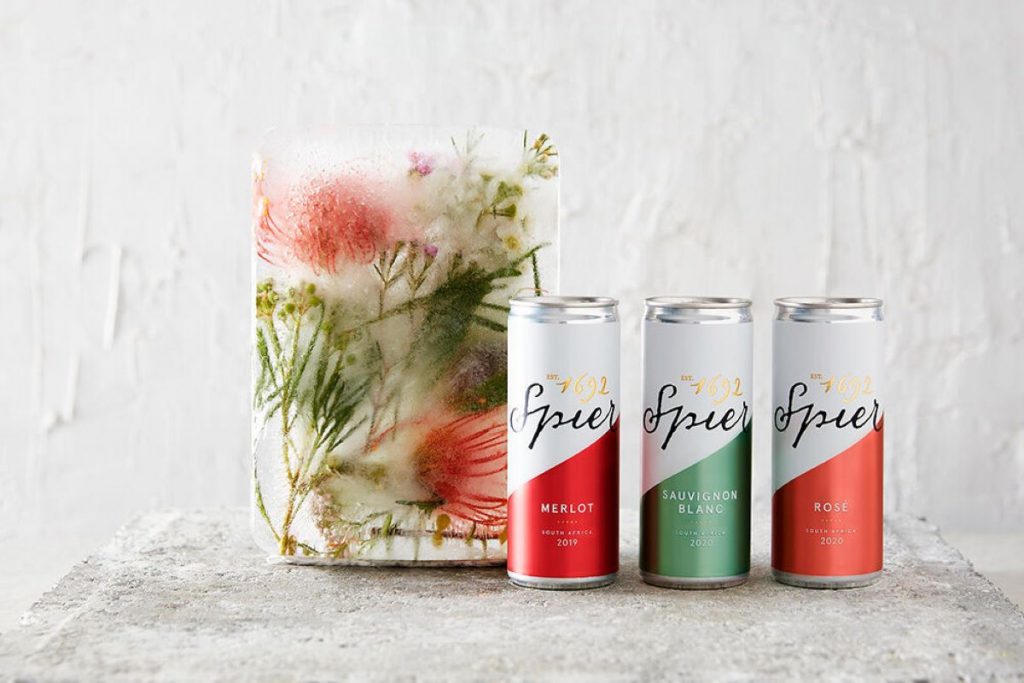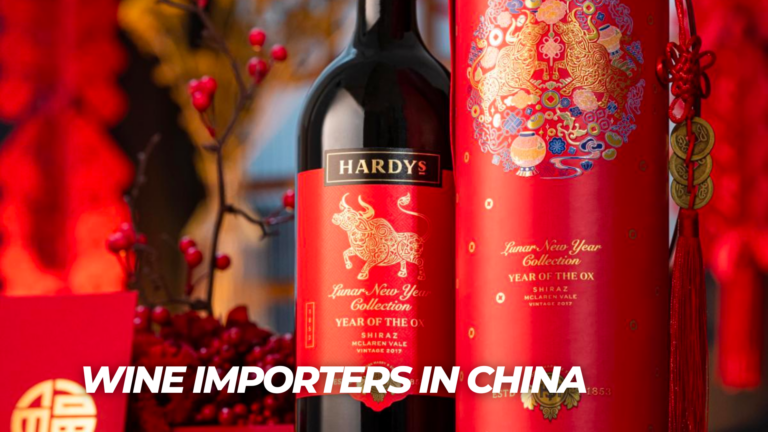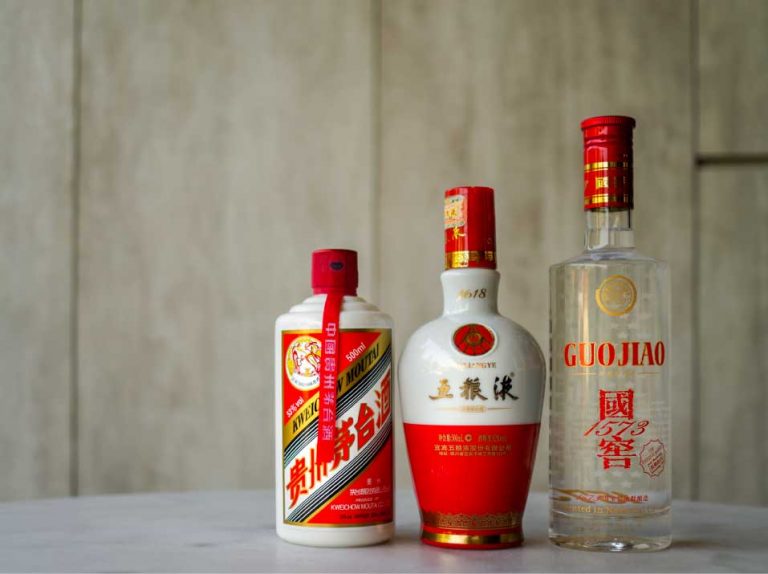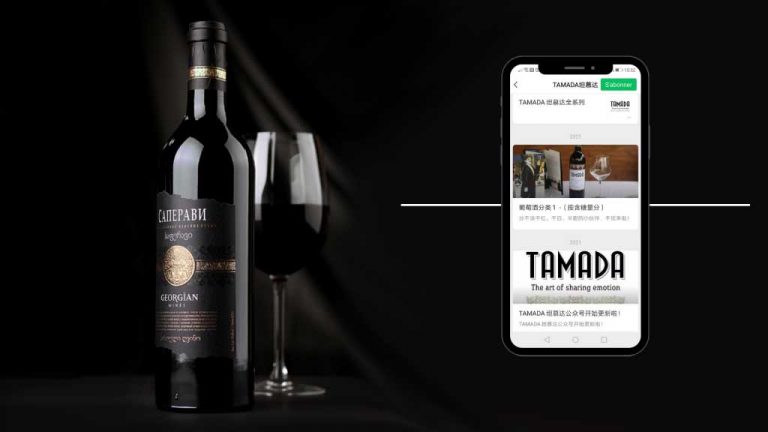China’s attractive wine market

Looking to break into the Chinese wine market? You’re in luck! China is currently experiencing a wine boom, and the market is full of opportunity. Here’s what you need to know about doing business in China’s wine industry.
South Australian wine brand Penfolds to launch ‘made in China’ vintage to avoid Chinese tariffs
Penfolds’ parent company, Treasury Wine Estates, will soon release its first “made in China” vintage to the domestic market later this year.
Cost-Effective Agency
KPI and Results focused. We are the most visible Marketing Agency for China. Not because of huge spending but because of our SMART Strategies. Let us help you with: E-Commerce, Search Engine Optimization, Advertising, Weibo, WeChat, WeChat Store & PR.
According to the company, it has found promising characteristics in grapes from Ningxia, in north-central China, and Shangri-la, in southwestern Yunnan.
Tim Ford, CEO of Treasury Wine, said the initiative was “Treasury Wine’s commitment to China”.

He added: “China is an emerging wine region. We are confident that we can produce a premium Chinese Penfolds without compromising on quality and style.”
“As a leading global wine producer, it is our responsibility to build the wine industry and the wine category in each of our markets.”
TWE said it had signed a “strategic cooperation agreement” with the China Alcoholic Drinks Association. This would enable it to build capacity in China’s rapidly growing wine industry.”
China imposed high tariffs on Australian wines in 2020.
The market has been devastated by China’s “HT0_ anti-dumping” tariffs on Australian wine exporters in 2019.
The annual value of the Australian wine sector has fallen from $1.26 billion to $82 million a year.
Tony Battaglene, chief executive of Australian Grape and Wine, hailed Treasury Wine’s decision as “a way for Australia to stay in the market.”
“I’m not surprised. He said many of our businesses are going through a difficult time with the closure of the Chinese market. “Everyone is trying to diversify their supply chain,” he told ABC Radio Adelaide.
“Penfolds is a well-known brand that is associated with Australia. This will benefit Australia, even if it’s Chinese wine.
Mr Battaglene expressed reservations about the quality of the wine.
He said China is a country where it is extremely difficult to grow grapes and produce wine.
“In general, the wine is not as good as Penfolds because it is generally of lower quality. There are a few areas where you can get very small amounts of high quality wine.
According to Battaglene, the quality of Chinese wine is generally poor, with a few exceptions. (ABC Rural: Courtney Fowler)
Australian wine is “always in demand”.
52 million Chinese are regular wine drinkers
Treasury Wines said China is expected to become the second-largest wine market in the world by next year. It has 52 million regular wine drinkers.
Chinese wine drinkers consumed more than one billion liters by 2021.
Battaglene said that while Australian wines were popular in China, there was still a demand for Australian products.
He said Chinese consumers want to be sure that the products they buy match what they receive. So he believes the strength of the Penfolds brand will help them prove their integrity.
Penfolds is not the only Australian wine producer to follow his lead and expand into China.
“We want the Chinese consumer to know that we will be back in China one day and that they can still enjoy Australian wine.” We’re sure they’ll always want to.
South African wineries are keen to explore the huge Chinese market.
Henriette Jacobs is the international sales manager for Spier Wine Farm. She said China is a growing market and exports to the country have increased exponentially in recent years. The Chinese market is now one of the most strategic markets for the company.

Jacobs’ comment refers to many South African wineries that have adopted various strategies and tactics to try to capture a piece of the emerging Chinese market.
Spier, for example, has taken several steps to target Chinese consumers. These include creating easy-to-open wines to appeal to young Chinese, creating labels based on the Chinese zodiac, and opening an official account on WeChat to promote Chinese wine products.
China’s wine market boom
After China implemented anti-dumping measures against Australian wine exports at the end of 2020, Australia lost its top spot in China for wine imports. According to industry insiders, this could be an opportunity for South African wines.
“Honestly, every country and wine region wants to increase its share of the Chinese wine market. But a stable bilateral relationship, like the one South Africa has, is a prerequisite and a fundamental guarantee for South Africa to have an advantage,” Marcus Ford, head of the Asian market at Wines of South Africa, told the Global Times.
According to Ford, China and South Africa are two major economies in Asia and Africa with a warm trade relationship. South African wines enjoy a good reputation in China. He hopes that Chinese consumers will soon be able to enjoy high-quality South African wines.
Ford pointed out that although South African wine accounts for only 1% of the Chinese market, its sales have increased tenfold over the past decade. Bilateral trade in South African wines has also grown rapidly in the past six months. He said, “We are more optimistic about the future.”
Ford noted that Chinese consumers are becoming more sensitive to wine and that the Chinese wine market is likely to open up further, which is a good opportunity for South African wines in China.
Ford said that “the good bilateral relationship between China and South Africa is an important basis for promoting their economic and trade cooperation and partnership, and I think this will be reflected at the grassroots level.” He hopes that South African wines will become a new link between the people of the two countries.
Targeted strategies for China
Spier is just one of many South African wineries optimistic about the potential of the Chinese market. Jacobs stressed the need to brand South African wine to Chinese consumers in order to capture their appetite, especially as local consumers’ tastes may vary.

Spier has therefore emphasized the importance of environmental protection and history in its marketing strategy. The company has been preserving South African wine history for over 100 years and is in the process of recycling 100% of its wastewater.
In 2010, South Africa introduced the ‘Certified Integrity, Sustainability’ label to the global wine industry. This initiative aimed to encourage sustainable regional development. The label is placed on the neck of wine bottles and indicates that 100% of the grapes used in winemaking come from South Africa. Approximately 85% of the grapes are guaranteed to be of the same type and year.
Local wineries cannot obtain the label because they have to meet several requirements, such as reducing the use of fertilizer and protecting workers’ rights.
Jacobs said Chinese wine drinkers are becoming more sophisticated and Spier has used strategic approaches to attract Chinese customers.
Many canned wine products, such as those made from cans, have been well received in China. They are small and easy to carry, which is why young consumers like them.
Jacobs also said that Spier once dreamed of launching a new wine label to celebrate the Chinese New Year. It would have been based on the zodiac sign of the year. Although this project was never realized, attentive consumers can still find Chinese cultural symbols on Spier’s white label. It is a mixture of Spier’s aesthetic and Chinese elements.
According to AMSA, Ford said South African wine distributors and the industry should be aware that China is the world leader in internet marketing and logistics development. Meanwhile, drinking wine at home could become a popular consumer trend after the pandemic. Therefore, South African wineries should strive to develop a marketing model that allows them to sell South African winery products directly to Chinese consumers.






